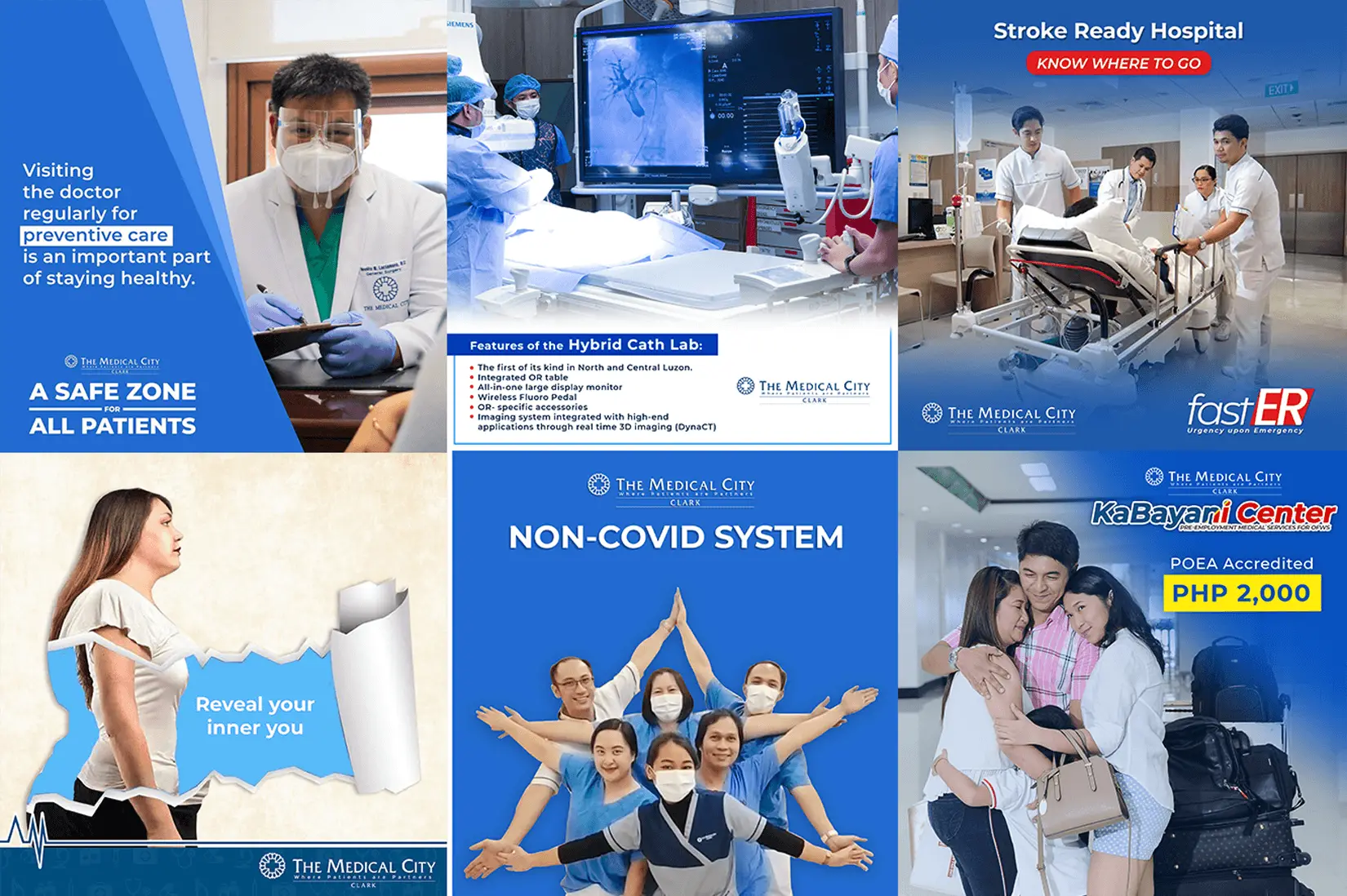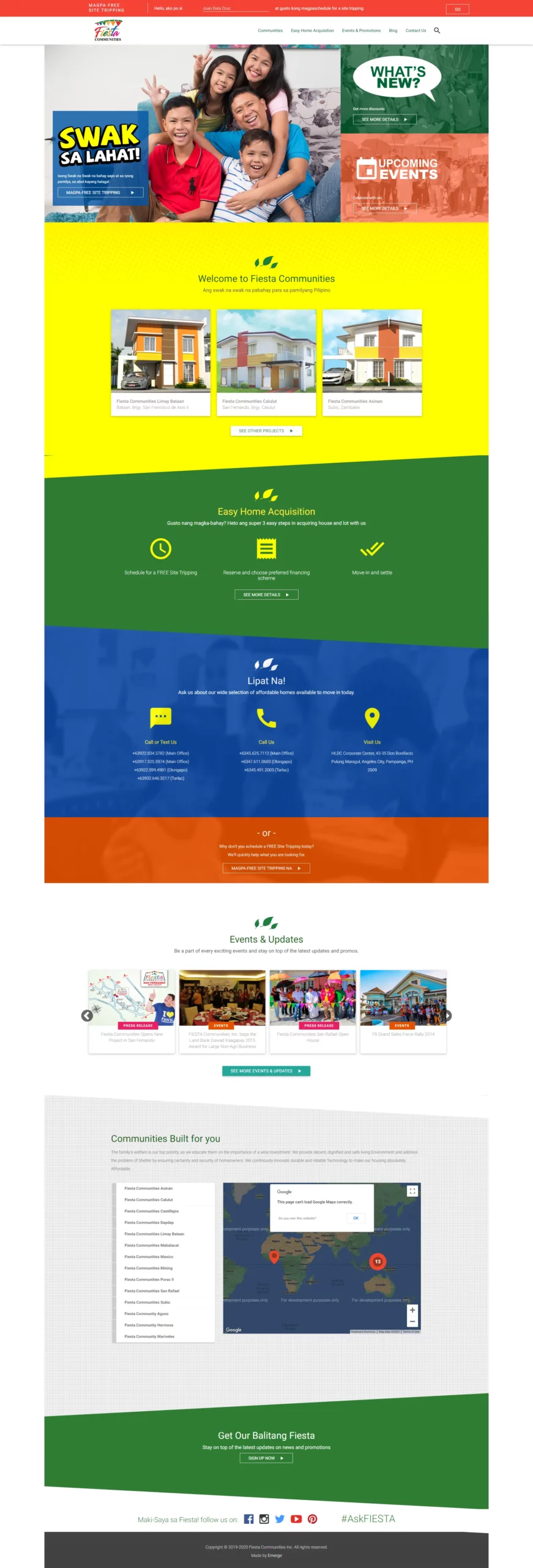12 Things to note before you develop a Website
In today’s digital age, having a website is essential for any business, organization, or individual looking to establish a strong online presence. However, developing a website can be a complex and challenging process, requiring careful planning and consideration. Before you begin building your website, it’s important to take some time to think about your goals, target audience, and the tools and platforms you’ll need to achieve your objectives. In this article, I’ll share 12 key things to keep in mind before you start developing your website.
1. Choosing a domain

Having a good domain name is crucial in establishing a professional image. The domain name is the address that visitors use to access the website, so it is important that it is easy to remember, spell and pronounce. A domain name that is relevant to the business or industry can make a positive impression on visitors and help build credibility. For instance, if a company sells sports equipment, it would be wise to have a domain name like sportszone.com or something similar. This makes it easier for customers to remember and associate the website with the products they are looking for.
2. Usability and Functionality

Usability and functionality are two crucial aspects that need to be considered when developing a website. Usability refers to how user-friendly a website is, and functionality refers to the features and capabilities of a website. Both of these elements are essential for creating a website that is easy to use, efficient, and meets the needs of its users.
3. Navigation

Navigation is an essential aspect of website development that refers to the system used to move through the pages and content of a website. It serves as a roadmap for visitors to a website and helps them find the information they need quickly and easily. A well-designed navigation system is crucial to the success of a website, as it can greatly improve user experience and lead to increased engagement and conversions.
One of the most critical considerations when designing a navigation system is simplicity. Users should be able to navigate the site quickly and easily without becoming confused or overwhelmed. This means using clear and concise labels for navigation links, keeping the menu structure simple, and avoiding unnecessary clicks or steps.
Overall, navigation is an important aspect that greatly affects the user experience. A well-designed navigation system should be simple, consistent, and user-focused.
4. Branding

Nowadays, branding is an essential element of web development. A brand is the identity of a business, product, or service, and it represents what a company stands for and the values it holds.
Branding in web development is that it helps to create a strong online presence. A well-branded website can help to establish a company’s reputation and credibility online, making it easier for customers to find and connect with the company. This can lead to increased traffic, engagement, and ultimately, sales.
This can help to differentiate a website from its competitors. By creating a unique brand identity, companies can set themselves apart from competitors and create a unique value proposition. This can help to attract new customers and build a loyal following, and by investing in branding, companies can create a website that is not only visually appealing but also resonates with its target audience and drives business results.
5. Design

The first impression that a website creates is usually based on its design. A visually appealing website with an attractive color scheme, typography, and layout can immediately capture the visitor’s attention and convey a sense of professionalism and credibility. A poorly designed website, on the other hand, can turn off visitors and make them leave within seconds, resulting in a high bounce rate.
However, a well-designed website not only looks aesthetically pleasing but also has a functional layout and user-friendly interface that makes navigation easy for visitors. It plays a significant role in creating a positive user experience. A well-designed website is easy to navigate, with intuitive menus, clear calls-to-action, and consistent branding across all pages. A user-friendly interface enables visitors to find what they are looking for quickly and efficiently, resulting in a positive user experience and increased engagement with the site.
6. Hosting

Another crucial component of developing a website is choosing a reliable hosting provider. They are responsible for keeping the website up and running. A good hosting provider offers reliable uptime, fast loading speeds, and excellent customer support.
Security is one important factor to consider when choosing a hosting provider. A good hosting provider offers security features like SSL certificates, firewalls, and regular backups to protect the website from hacking attempts and data loss. A website that is not secure can be vulnerable to cyber attacks, which can lead to lost data, damage to the website’s reputation, and loss of customers. Therefore, it is important to choose a hosting provider that takes security seriously and provides the necessary features to protect the website.
7. Call-to-Action

A Call-To-Action or CTA is a statement or button that encourages visitors to take a specific action, such as subscribing to a newsletter, downloading a resource, or purchasing a product. An effective CTA can increase engagement, generate leads, and boost sales, making it a critical element of any website design.
One of the primary reasons why CTA is important is that it provides a clear direction to visitors on what action to take. Without a CTA, visitors may not know what they are supposed to do next, which can lead to confusion and frustration. By encouraging visitors to take a specific action, such as filling out a form or providing their contact information, businesses can collect valuable data and start building relationships with potential customers. CTAs help to move visitors down the sales funnel by creating a sense of urgency and incentivizing them to take action.
Call-to-action is a vital component of website development, as it plays a significant role in converting visitors into customers.
8. Target Audience

The target audience refers to the specific group of people who are most likely to use the website, such as age range, gender, location, interests, and preferences. It is a critical aspect of website development as it plays a significant role in determining the design, content, and functionality of the site.
One of the primary reasons why target audience is important is that it helps to create a website that meets the needs and expectations of its users. By understanding the target audience’s demographics and preferences, businesses can design a website that is visually appealing, easy to navigate, and provides relevant and useful information. It also influences the content of the website. By understanding the target audience’s interests and preferences, businesses can create content that resonates with them and provides value. For example, a website targeted at young adults may feature trendy and casual language, while a website targeting business professionals may use more formal and technical language. This creates a sense of trust and credibility, which can lead to increased brand loyalty and word-of-mouth referrals.
9. Mobile-friendly design

Mobile devices have revolutionized the way people browse the internet. This shift in user behavior has had a profound impact on website development, and businesses that fail to adapt to this trend risk losing a significant portion of their audience. This is where the importance of mobile-friendly optimization in website development comes in.
Mobile optimization is a crucial consideration when designing a navigation system. With the increasing use of mobile devices, it is essential to design the navigation system with mobile users in mind. This means using a responsive design that adjusts to the size of the user’s screen and designing the navigation system to be touch-friendly.
It provides a competitive advantage and ensures that businesses can reach a wider audience regardless of the device being used. Therefore, it is essential for businesses to optimize their websites for mobile devices to stay competitive in today’s market.
10. Engaging Content

Simply having a website is not enough. Having an online presence is important for businesses and individuals alike. In order to stand out from the competition and attract and retain visitors, it is essential to have engaging content on your website as it captivates the target audience, leading to increased user engagement and better business outcomes.
Additionally, it improves user engagement, search engine rankings, brand awareness, conversions, and provides a competitive advantage. Therefore, it is essential for businesses to invest in creating high-quality and engaging content that resonates with their target audience. By doing so, they can increase their online presence, attract more customers, and ultimately grow their business.
11. SEO

Search Engine Optimization (SEO) helps your website rank higher in search engine results, making it more visible to potential customers. Nowadays, your website needs to be optimized for search engines to attract more traffic, generate leads, and boost your online presence.
By using relevant keywords and optimizing your website content, it can help you reach your target audience who are interested in what you have to offer.
SEO is also cost-effective. Unlike paid advertising, which can be expensive, SEO is a long-term investment that can deliver results over time. By focusing on improving your website’s visibility in search engine results, you can attract more organic traffic and reduce your reliance on paid advertising. By investing in SEO, you can build a strong online presence and achieve long-term success for your business.
12. Content Management

Content management involves creating, organizing, and managing website content to ensure it is relevant, engaging, and up-to-date. A well-executed content management strategy can make a significant difference in the success of a website.
Users expect to find high-quality and relevant content when they visit a website. By managing your content effectively, you can provide users with the information they need, in a format that is easy to navigate and understand. This can increase user engagement, reduce bounce rates, and improve overall satisfaction with the website.
Content management enables website owners to control the messaging and branding of their website. By carefully selecting the tone and style of their content, website owners can create a cohesive brand image that resonates with their target audience.
Finally, by implementing a content management system (CMS), website owners can streamline the content creation and management process. This can save time and reduce costs associated with content creation and management.
13. Final Thoughts
There are a variety of important factors to keep in mind before you start developing your website. Remember to define your goals, research your audience, and choose the right platform and tools for your project. By taking the time to carefully plan and consider each of these factors, you can create a website that truly meets the needs of your users and helps you achieve your business objectives. So whether you’re building a site for your own personal blog or launching a new e-commerce store, make sure to keep these 12 things in mind as you move forward with your project.




















































































